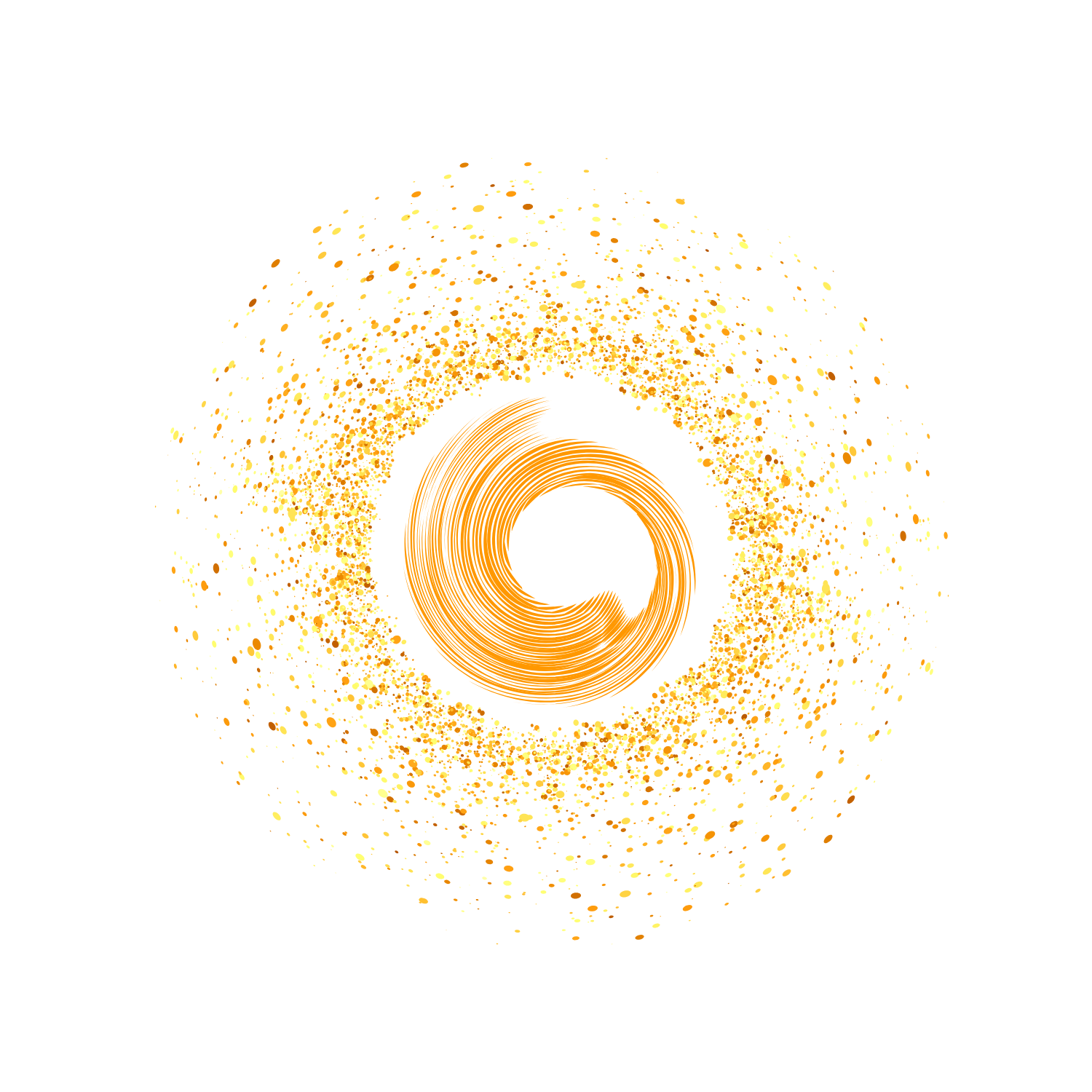
meditation.
you’ve heard of it, maybe even given it a try.
The practice of meditation is of prehistoric origin with the first written evidence observed in the Vedas around 1500 BCE.
Meditation is a precise technique for resting the mind and attaining a state of consciousness that is distinct from the normal waking and sleeping states.
What you may get from achieving this state of consciousness could transform your relationship to life itself…

what is the goal of meditation?
In our modern world, the word meditation can be found in the athletic, business, personal development, and spiritual communities, amongst other subcultures. The diverse range of applications that meditation has is not to be overlooked, however, there are some fundamental principles this ancient practice operates with that have been overshadowed by the perception of meditation as a cultural phenomenon. Moreover, meditation is a word that has come to be used loosely and inaccurately here in the U.S.
Some people use the word meditate when they mean thinking or contemplating; others use it to refer to fantasizing or daydreaming. Meditation is not any of these…
In exploring the origins of the concept, meditation is closely associated with the word Dhyāna. In the oldest texts of Buddhism, dhyāna or jhāna is the training of the mind to withdraw itself from the automatic responses towards a meditative state of being. In the Yoga Sutra of Patanjali, a text which was compiled roughly 2,000 years ago, Dhyana is the seventh of the Eight Limbs of Yoga. Dhyana brings about keen awareness without focus; moving us from a state of doing to one of being.
In Ashtanga Yoga or the Eightfold Path of Yoga, there are eight limbs that are distinguished yet interconnected.
The eight limbs of yoga are:
Yama - restraints
Niyama - observations
Asana - posture
Pranayama - breathing practices
Pratyahara - withdrawing the senses
Dharana - concentration
Dhyana - meditation
Samadhi - enlightenment
Each limb comes with its own set of intentions and focal points, and there are multiple books written by Patanjali- an ancient Indian sage- that dive into the details of each limb. For the sake of this article, I will focus more on Dhyana as well as the overarching messages that are central to the teachings of Patanjali.
DHyana: the flow state
Through concentration the mind becomes focused and meditation is possible. Dhyana is a deepening of this concentration, in which the mind becomes completely focused on the object of meditation in an unbroken stream of thought. It’s a state of mind that allows us to transcend the limitations of space and time. We are absorbed in the present moment in a way that lifts us out of the self-consciousness of ego.
It's important to note that meditation is a natural state that is fundamental to our creative spirit. You could think of it as the way to work with your own mind. In fact, you could say that creativity is spirituality. Why do we pursue certain hobbies or the arts? Making music, painting, writing, dancing, or creating anything connects us to the energy of creation; or as Deepak Chopra would put it, to the field of pure potentiality.
To cultivate this flow state is a practice, and that is where discipline comes in…
Meditation and creativity inextricably connect to self-discipline. Without structure, it’s hard to be creative. If I’m an untrained pianist, my improvisation will be horrible. But once I have some mastery over the material, through disciplined practice, I can improvise and be more creative. The same is true for experiencing the abstractive benefits of the meditative practice- it requires discipline.
“The only real valuable thing is intuition.”
— Albert Einstein

intuition is a knowing
As we begin to experience our innerscape and quiet our thinking minds, we start to create a space within ourselves for the emergence of our 6th sense: our intuition. Think of your intuition as a fire within your soul that connects you to your essential nature. As that fire burns, the light from its flames reveals what is true for you. The more you tend to this fire, the bigger and brighter its flames will be. The brighter the flame of your intuition is, the more clarity you will find in your sense of purpose and truth.
So the question is, how do we access and stoke the flame of our intuition?
By getting out of our own way…
It is the noise of our thoughts and the reactiveness of our egos that generally leave no room for our intuition to speak its truth.
Through meditation, we develop the skill of quieting our minds and settling our egos which in turn opens us up to experience our intuitive sense.
new to meditation?
You might be wondering where to even start…
I get it, it’s a daunting task to sit and just be. Ironic, right? In this section, I want to shed light on my absolute favorite meditation application that transformed my relationship to life.
synctuition is the most sophisticated audio meditation program in the world.
It is stated that 25 minutes of Synctuition has the same effect as 4 hours of deep meditation…
Synctuition utilizes 4 specific technologies to create a personalized listening experience that creates lasting benefits.
Personalized Voice Frequency
Rhythmic Entrainments
Gamma Waves Binaural Beats
3D Sounds & Recordings
For me, Synctuition provided the perfect introduction into the meditative space, and it effectively propelled me into my spiritual stillness. If you are interested in embarking on this powerful journey, look no further.






